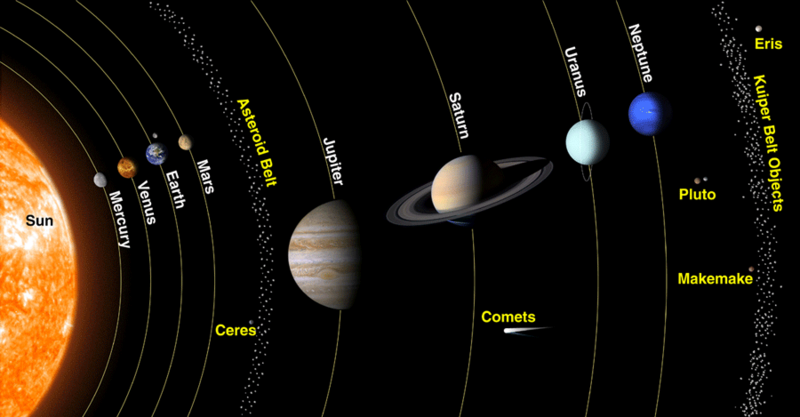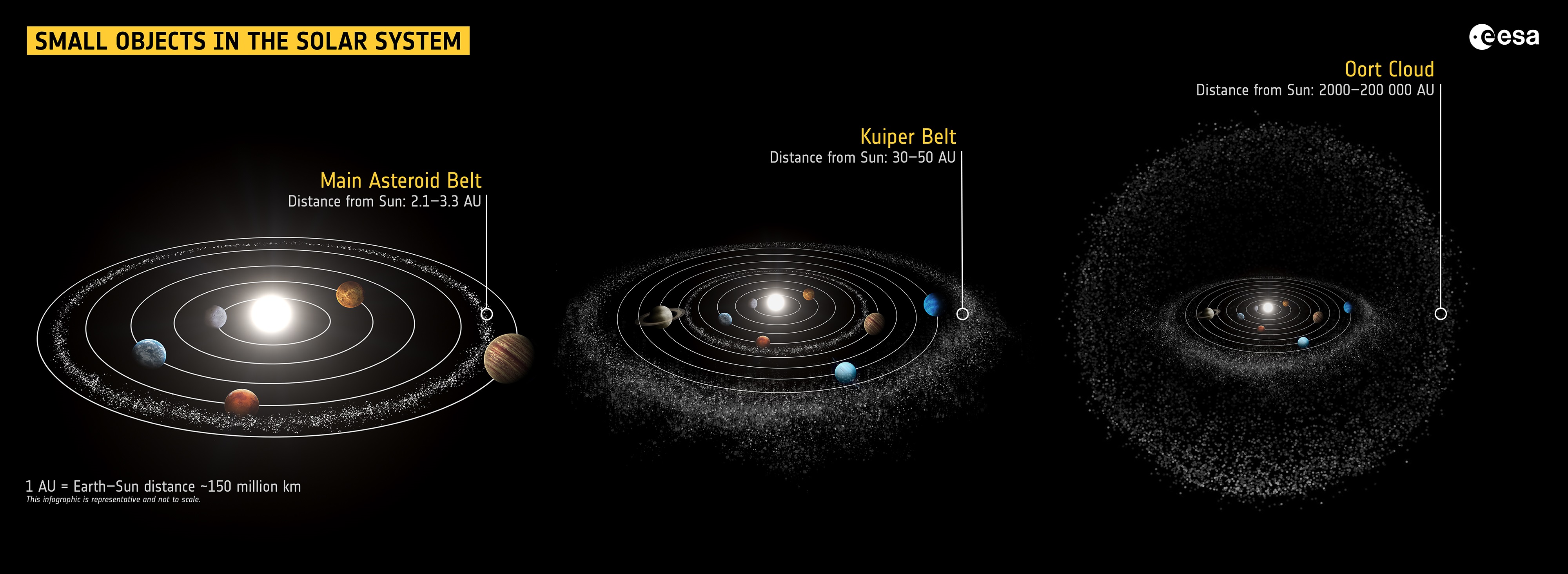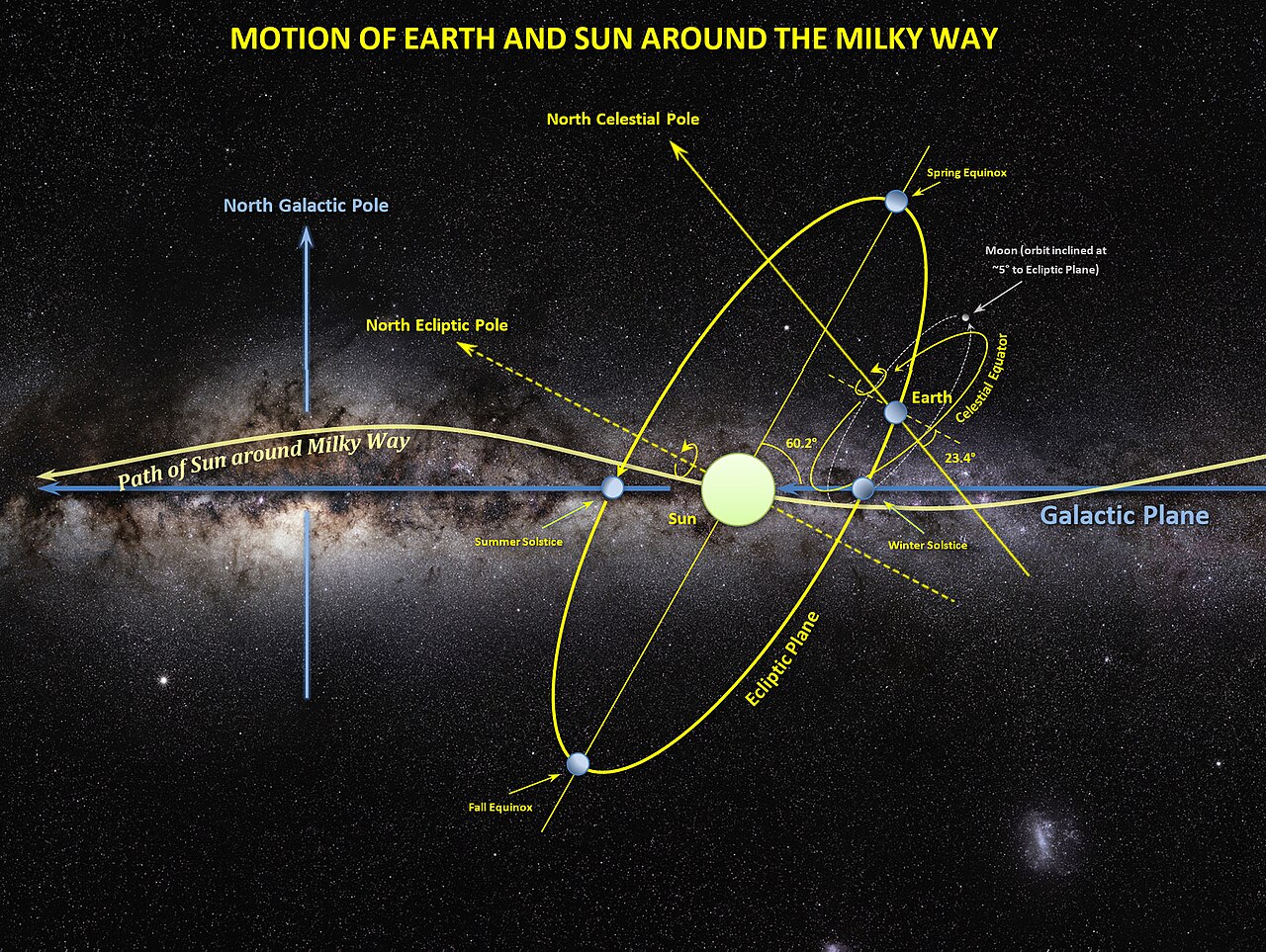
The Solar System is a vast and complex collection of celestial bodies that are bound together by gravity. At its center lies the Sun, a massive star that exerts gravitational pull on all the objects within its reach, from the planets to the tiniest dust particles. Understanding the Solar System not only offers insights into the mechanics of our immediate cosmic neighborhood but also provides clues about the formation of other planetary systems and the broader universe.
Structure of the Solar System
At its core, the Solar System consists of the Sun and everything that orbits it. The primary components of the Solar System are:
The Sun: The central star, composed primarily of hydrogen and helium, provides the energy and light that make life on Earth possible. It accounts for about 99.86% of the total mass of the Solar System, with its gravitational force keeping all the other bodies in orbit.
The Planets: There are eight planets that orbit the Sun, divided into two categories based on their composition and location:
Inner Planets (also known as the terrestrial planets): Mercury, Venus, Earth, and Mars.
Outer Planets (also known as the gas giants and ice giants): Jupiter, Saturn, Uranus, and Neptune.
Dwarf Planets: These include bodies like Pluto, Ceres, Haumea, Makemake, and Eris. They share many characteristics with regular planets but have not cleared their orbits of other debris.
Moons: Many planets in the Solar System have natural satellites or moons. Some moons are larger than small planets, such as Ganymede (a moon of Jupiter), while others are much smaller, like the tiny moons of Mars.
Asteroids: These are rocky, airless remnants from the early Solar System, mostly located in the Asteroid Belt between Mars and Jupiter. They are classified based on their composition and size.
Comets: Made of ice, dust, and rocky material, comets often come from distant regions like the Oort Cloud and the Kuiper Belt. When comets approach the Sun, their icy components vaporize, creating a visible tail.
The Kuiper Belt and Oort Cloud: These are two regions filled with icy bodies and dwarf planets beyond Neptune. The Kuiper Belt lies just outside Neptune’s orbit, while the Oort Cloud is much farther away and thought to be the origin of long-period comets.
The Heliosphere: The Sun’s influence extends far beyond the planets, with the solar wind creating a bubble-like region known as the heliosphere, which extends well past Pluto. This region marks the boundary between the Solar System and interstellar space.
The Sun: The Heart of the Solar System
The Sun is a massive star composed of 74% hydrogen and 24% helium, with trace amounts of other elements. It produces energy through nuclear fusion in its core, where hydrogen atoms are fused into helium, releasing vast amounts of energy in the process. This energy radiates outward, providing light and heat that sustain life on Earth.
The Sun's core is incredibly hot, with temperatures reaching around 15 million degrees Celsius (27 million degrees Fahrenheit). This temperature is necessary for nuclear fusion to occur. The Sun’s outer layers, including the photosphere, chromosphere, and corona, exhibit fascinating phenomena like sunspots, solar flares, and coronal mass ejections (CMEs), all of which can affect space weather and the Earth’s magnetosphere.
The Inner Planets : Small and Rocky Worlds
Mercury
Mercury is the closest planet to the Sun and the smallest of the eight planets. It has no atmosphere to speak of, which means that temperatures on its surface can vary dramatically, ranging from around 430°C (800°F) during the day to -180°C (-290°F) at night. Despite its proximity to the Sun, Mercury’s lack of an atmosphere means it doesn't experience a runaway greenhouse effect like Venus. It has a heavily cratered surface, similar to Earth's Moon.
Venus
Venus is often referred to as Earth's "sister planet" because of its similar size and composition. However, Venus has a thick, toxic atmosphere composed mostly of carbon dioxide, with clouds of sulfuric acid. This atmosphere traps heat in a runaway greenhouse effect, making Venus the hottest planet in the Solar System, with surface temperatures reaching around 465°C (870°F). Venus rotates slowly on its axis and in the opposite direction to most planets, including Earth.
Earth
Earth is the third planet from the Sun and the only known planet to support life. It has a diverse environment with oceans, continents, and an atmosphere made up of 78% nitrogen and 21% oxygen. The Earth’s magnetic field and atmosphere protect it from harmful radiation and space weather, making it an ideal environment for sustaining life.
Mars
Mars, the "Red Planet," is the fourth planet from the Sun and the second smallest planet. It has a thin atmosphere primarily made of carbon dioxide and experiences extreme temperatures, ranging from -125°C (-195°F) to 20°C (68°F). Mars is home to the largest volcano in the Solar System, Olympus Mons, and a massive canyon system called Valles Marineris. Evidence of ancient rivers and lakes suggests that liquid water once flowed on Mars, and scientists believe that microbial life may have once existed there.
The Outer Planets: Gas and Ice Giants

Jupiter
Jupiter is the largest planet in the Solar System, with a diameter of about 143,000 km (88,850 miles). It is a gas giant composed mainly of hydrogen and helium, with a turbulent atmosphere featuring the Great Red Spot—a giant storm that has been raging for centuries. Jupiter has a very strong magnetic field and at least 79 moons, including the four Galilean moons: Io, Europa, Ganymede, and Callisto. These moons are some of the most fascinating bodies in the Solar System, especially Europa, which may harbor an underground ocean beneath its icy surface.
Saturn
Saturn is the second-largest planet and is famous for its stunning ring system. These rings are made primarily of ice particles, dust, and rocks and are the most prominent and well-studied in the Solar System. Like Jupiter, Saturn is a gas giant made mostly of hydrogen and helium. Saturn has 82 known moons, and Titan, its largest moon, is the second-largest moon in the Solar System. Titan has a thick atmosphere and liquid methane lakes, making it a target for scientists searching for conditions that might support life.
Uranus
Uranus is an ice giant and the seventh planet from the Sun. It is unique in that it rotates on its side, possibly due to a massive collision early in its history. Uranus has a faint ring system and is composed primarily of water, ammonia, and methane ice. The planet’s blue-green color is due to methane in its atmosphere, which absorbs red light and reflects blue and green light. Uranus has 27 known moons, the largest of which is Titania.
Neptune
Neptune is the eighth and farthest planet from the Sun. Like Uranus, it is an ice giant composed of ices such as water, ammonia, and methane. Neptune has a strong, dynamic atmosphere with the fastest winds in the Solar System, reaching speeds of over 2,100 km/h (1,300 mph). It also has a striking blue color due to methane in its atmosphere. Neptune has 14 known moons, and its largest moon, Triton, is geologically active, with geysers that shoot nitrogen gas into space.

Dwarf Planets and Other Celestial Objects
Beyond the orbit of Neptune lies the Kuiper Belt, a region filled with icy bodies and dwarf planets like Pluto, Haumea, Makemake, and Eris. These dwarf planets share many characteristics with the regular planets but have not cleared their orbits of other debris. Pluto, once considered the ninth planet, was reclassified as a dwarf planet by the International Astronomical Union in 2006.
The Solar System also contains a vast number of asteroids, most of which are found in the Asteroid Belt between Mars and Jupiter. These rocky bodies are remnants from the early days of the Solar System and provide important clues about its formation.
Comets, which are icy bodies that originate from the Kuiper Belt and Oort Cloud, often develop tails when they approach the Sun. The heat causes the icy material to vaporize, creating a bright, glowing tail that can be seen from Earth.
The Future of Solar System Exploration
The Solar System continues to be a source of fascination and scientific discovery. Space missions, both robotic and potentially human, will continue to explore the planets, moons, and other celestial bodies in the coming decades.
NASA’s Perseverance rover is currently exploring Mars in search of signs of past life, while the James Webb Space Telescope is providing unparalleled images and data from deep space. Additionally, future missions to the outer planets, such as a potential mission to study Neptune and its moon Triton, are being planned.
Private companies like SpaceX are also pushing the boundaries of space exploration, with ambitious plans to send humans to Mars and beyond. As technology advances, we may one day have the capability to send astronauts to distant planets, unlock the mysteries of icy moons like Europa and Titan, and perhaps even colonize other worlds.
Conclusion
The Solar System is a vast and dynamic region of space, containing a wealth of fascinating celestial bodies. From the scorching surface of Mercury to the icy realms of Neptune and beyond, the planets and other objects that make up our cosmic neighborhood offer endless opportunities for discovery. As our understanding of the Solar System deepens, we may one day uncover secrets that not only enhance our knowledge of the universe but also help answer some of the most profound questions about the origins of life and the future of humanity.

You can learn these concepts and more at Dr Hock's maths and physics tuition.